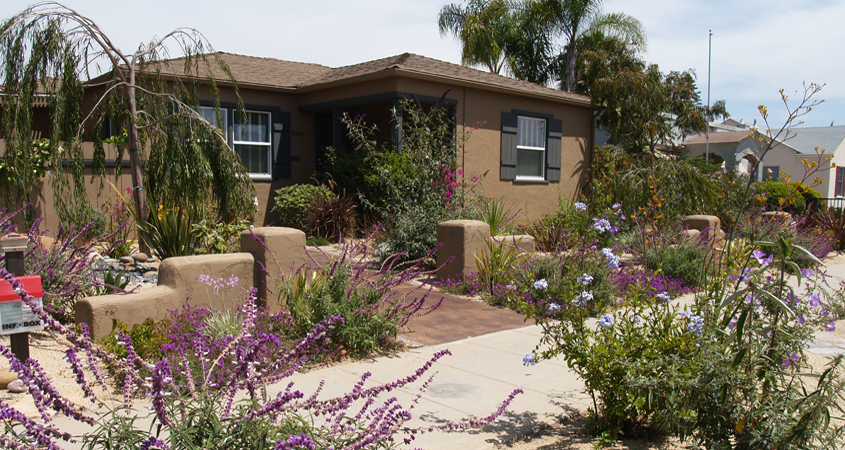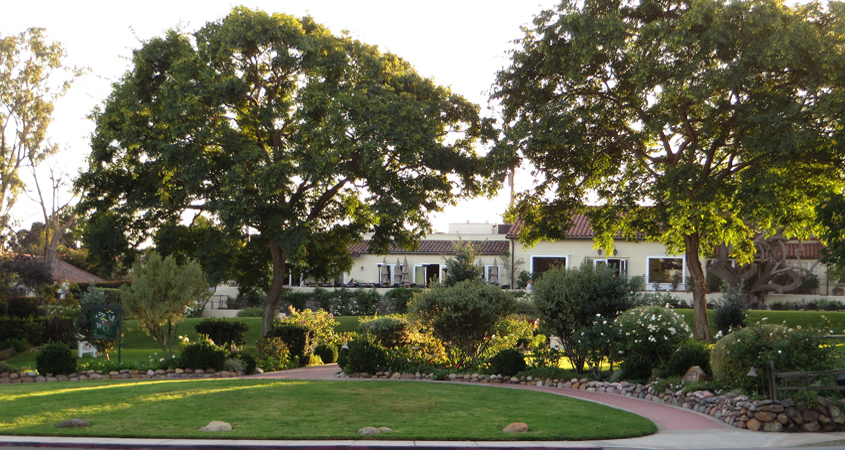 Different areas of your landscaping are affected by shade, moisture, and temperature, creating a variety of microclimates. Photo: Water Authority
Different areas of your landscaping are affected by shade, moisture, and temperature, creating a variety of microclimates. Photo: Water AuthorityMap Your Microclimates
Every garden has areas where plants flourish, and other areas where plants struggle. Structures, walls, fences and other plants can affect the amount of sun and shade in a garden. Every garden is completely different, even if it is located in the same general climate zone.
There may be hills and hollows in your front yard that collect cold air. Or, if your property is sloped, you may not get frost when your neighbors do.
The first step to a new or renovated landscape is walking around your property during the day and observing it closely.
Which plants are keepers?
Decide which plants work and which should be removed. Outline the canopy area of the plants being retained. Note the name, general size, and health of the plants. Which are more drought-tolerant? Many plants can thrive on less water when they are well established, with deep healthy roots. Old rose bushes and large shade trees are two good examples.
Note sun and shade

Areas of your landscaping under large shade trees become individual microclimates. Photo: Ken Lund/Creative Commons License
Mark the areas that receive sun all day, and areas that are shaded all or part of the day. Also note which areas receive only partial sun, or a few hours of direct morning sun, midday sun, or late afternoon sun. In choosing landscape plants, select those that are appropriate for the sunlight patterns of the garden. Plants marked as “full sun” will not be happy in full shade, and vice versa.
Group plants for similar needs
When selecting and grouping plants, note the water requirements of each plant. Make sure plants with different water needs are not placed together. Some sun-loving plants have moderate water needs, and some have very low water needs. If these are mixed together, one will always suffer if the watering routine works for the other types.
This article was inspired by the 71-page Sustainable Landscapes Program guidebook available at SustainableLandscapesSD.org. The Water Authority and its partners also offer other great resources for landscaping upgrades, including free WaterSmart classes at WaterSmartSD.org.



